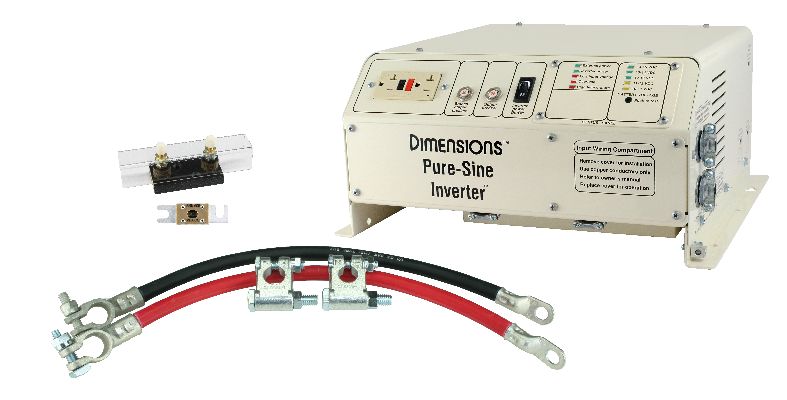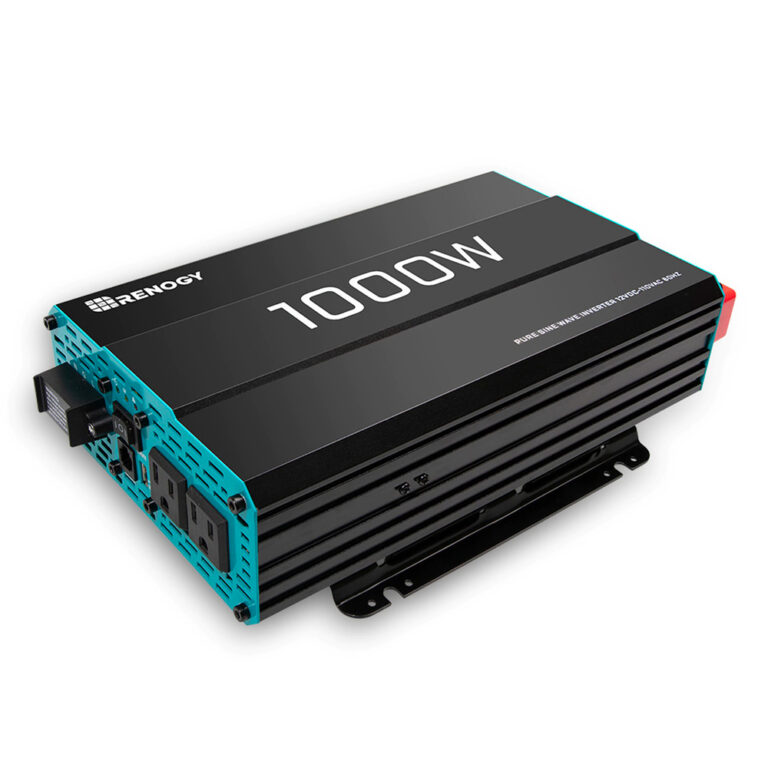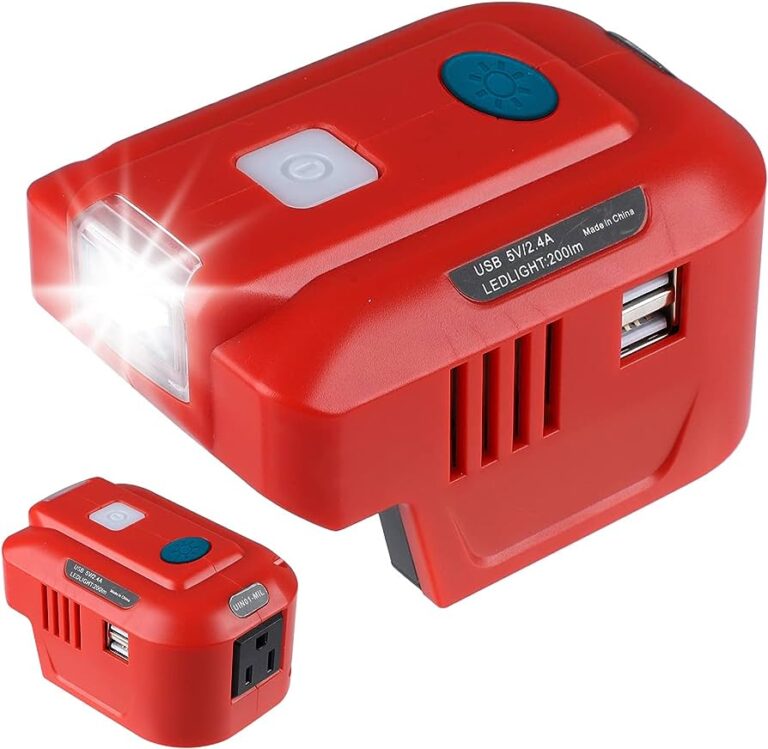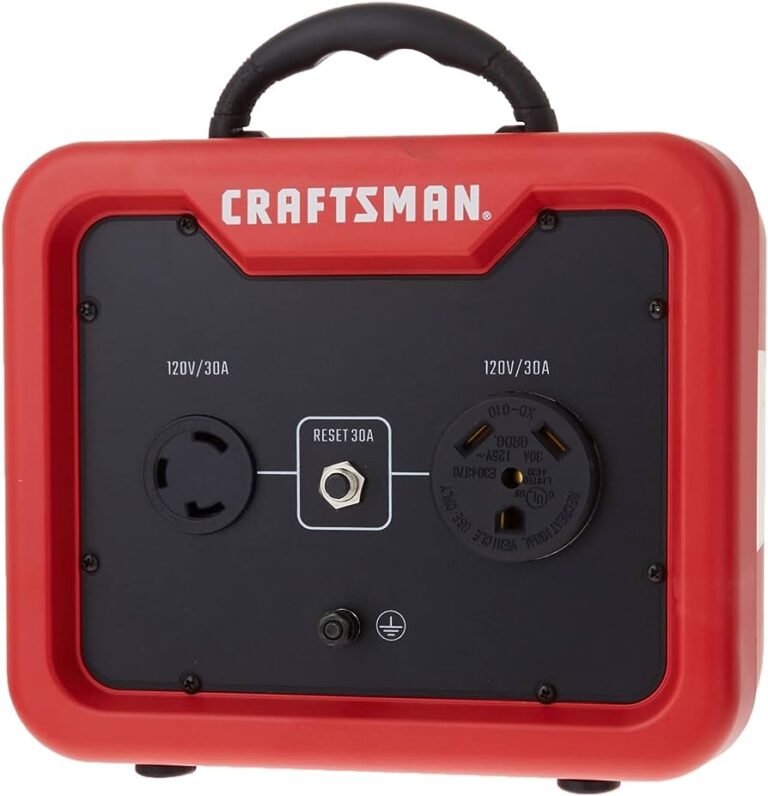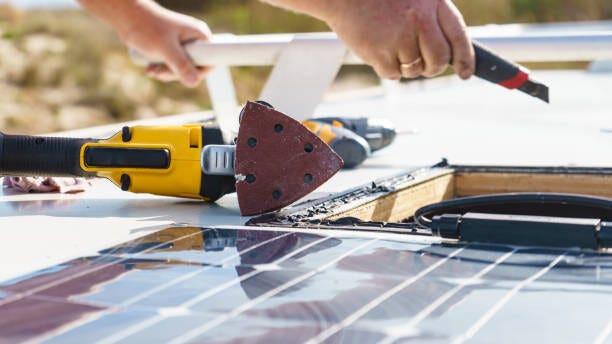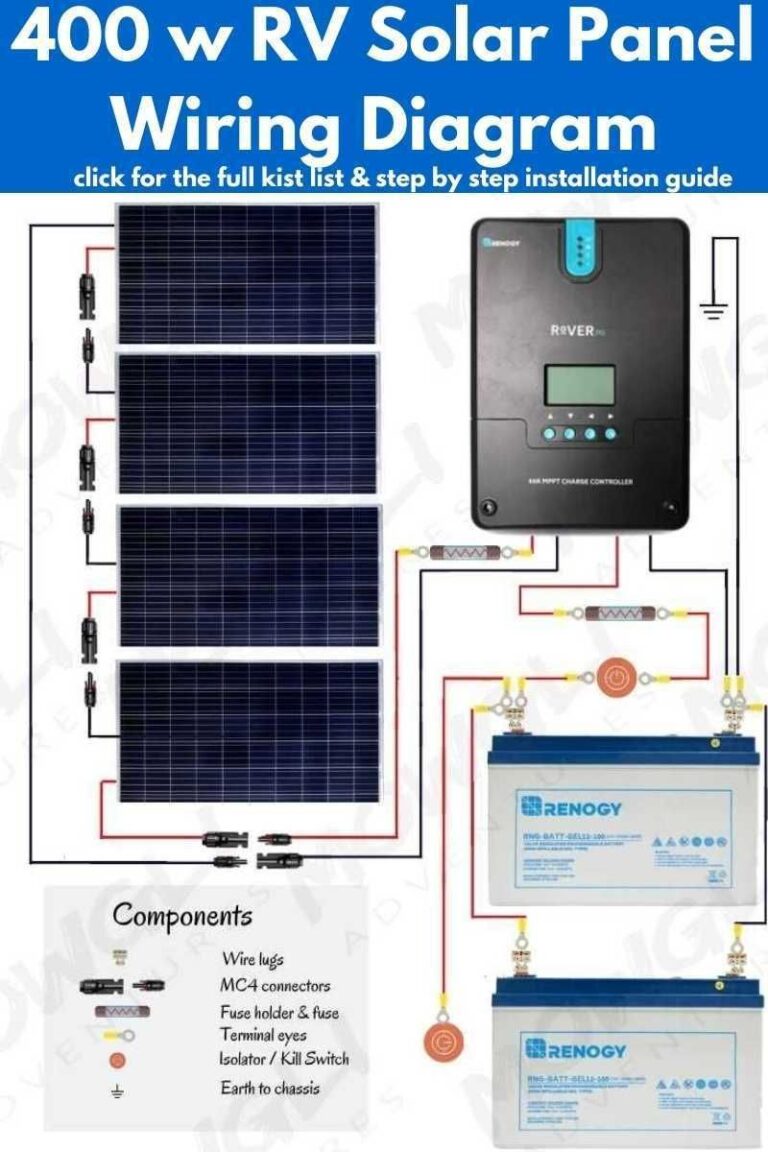Do I Need a Fuse between Battery And Inverter: Ultimate Guide
Yes, you need a fuse between the battery and inverter to protect against short circuits and excessive current flow. Using a fuse will limit the inrush current and prevent damage to the battery or inverter.
Additionally, it reduces the risk of overheating or fire. The recommended fuse size depends on the wattage of the inverter and the current capacity of the battery. It is generally recommended to use a fuse with a rating equal to or slightly higher than the maximum current draw of the inverter.
This ensures proper protection and prevents any potential damage. It is important to consult the manufacturer’s recommendations and guidelines for the specific fuse size needed for your battery and inverter setup.
Table of Contents
Understanding The Role Of A Fuse In Battery And Inverter Connections
For connecting a battery and inverter system, it is recommended to use a 200A fuse. This helps protect the equipment and ensures safe operation.
Importance Of A Fuse In Battery And Inverter System:
- A fuse plays a crucial role in the connection between a battery and an inverter. It acts as a protective measure to safeguard both components.
- It acts as an essential safety device by preventing excessive current flow and protecting the system from potential damage due to overloads or short circuits.
- Fuses are designed to detect abnormal current levels and interrupt the flow of electricity in the event of a fault, preventing further damage to the battery and inverter.
- By acting as a sacrificial element, fuses effectively disrupt the circuit and prevent damage to other electrical components, ensuring the system’s longevity and performance.
How A Fuse Protects The Battery And Inverter:
- A fuse acts as a defense mechanism against electrical faults and prevents them from escalating into more significant issues.
- When the current flowing through the circuit exceeds the fuse’s rated capacity, it melts and breaks the circuit, stopping the flow of electricity. This disruption prevents damage to the battery and inverter.
- Fuses provide protection against overcurrent conditions that may occur due to equipment malfunction, short circuits, or excessive loads.
- By interrupting the circuit, fuses protect the battery from potential damage caused by excessive current draw or voltage fluctuations that could lead to overheating or battery failure.
Potential Risks Of Not Having A Fuse:
- Operating a battery and inverter system without a fuse leaves both components vulnerable to potential electrical faults.
- Without a fuse, there is a higher risk of overcurrent situations, leading to damage to the battery or inverter.
- An unprotected system may experience short circuits, which can cause fire hazards and damage nearby equipment.
- The absence of a fuse could lead to costly repairs or replacements if an electrical fault escalates and damages other components within the system.
- In the event of a fault, without a fuse, troubleshooting becomes more complicated, as it may be challenging to identify the root cause of the problem without a protective device in place.
Factors To Consider When Choosing A Fuse For Battery And Inverter
Fuse is crucial for the safety of battery and inverter systems. It is recommended to use a 200A fuse to connect the battery and inverter system for optimal protection.
When it comes to setting up a battery and inverter system, one crucial component you need to consider is a fuse. A fuse acts as a safety device that protects your equipment from overcurrent or short circuit conditions. Choosing the right fuse for your battery and inverter setup is essential to ensure the system’s reliability and prevent any potential damage.
Here are some factors to consider when selecting a fuse for your battery and inverter:
Determining The Appropriate Fuse Size:
- Calculate the maximum current: Determine the maximum current that your battery and inverter system will draw. This information can usually be found in the manufacturer’s specifications or user manual.
- Choose a fuse size: Select a fuse that has a higher current rating than the maximum current calculated. It is better to choose a slightly higher-rated fuse to allow for any unexpected power surges or peaks.
- Consult an expert: If you are unsure about the appropriate fuse size for your battery and inverter setup, it is always advisable to seek advice from a professional electrician or contact the manufacturer for guidance.
Matching The Fuse Rating With The Inverter’S Capacity:
- Check the inverter’s specifications: Refer to the inverter’s specifications to determine its maximum output power or capacity rating. This information is usually expressed in watts.
- Convert to amperage: To find the corresponding fuse rating, divide the maximum output power of the inverter by the system’s voltage. For example, if your inverter has a maximum output power of 1000 watts and operates at 12 volts, the amperage would be 1000/12 = 83.33 amps.
- Select a fuse rating: Choose a fuse with a rating that is equal to or slightly higher than the amperage calculated in the previous step.
Considering The Type Of Inverter And Battery System:
- Pure sine wave or modified sine wave: Some inverters produce a pure sine wave output, while others generate a modified sine wave output. Make sure to select a fuse suitable for the type of inverter you have.
- Battery type: Different battery chemistries have varying voltage and current characteristics. Ensure that the fuse you choose is compatible with the specific battery type in your system.
- System voltage: Determine the voltage of your battery and inverter system (e.g., 12V, 24V, 48V). The fuse you select should be rated for the corresponding voltage.
By considering these factors and selecting the appropriate fuse size and rating, you can ensure the safety and efficient operation of your battery and inverter system. Remember to consult professionals or refer to the manufacturer’s specifications for specific guidelines related to your equipment.
Step-By-Step Guide To Installing A Fuse Between Battery And Inverter
Installing a fuse between the battery and inverter is crucial for safety reasons. It helps protect the inverter and other electrical components from potential damage caused by short circuits or overloads.
When it comes to setting up your battery and inverter system, it is important to install a fuse between them for safety purposes. A fuse acts as a protective device that prevents excessive current from flowing through the system and causing damage.
To help you with the installation process, follow this step-by-step guide:
Gathering The Necessary Tools And Materials
Before you begin, make sure you have the following tools and materials on hand:
- Screwdriver
- Wire cutters/strippers
- Fuse holder
- Fuse (appropriate amp rating)
- Battery cables
- Inverter
Identifying The Appropriate Location For The Fuse Installation
It is crucial to identify the appropriate location to install the fuse. Consider the following factors when selecting the location:
- Proximity to the battery and inverter: The fuse should be as close to the battery and inverter as possible to minimize the length of the cable between them.
- Accessibility: Ensure that the fuse holder is easily accessible for inspection and replacement when needed.
- Protection: Choose a location that offers protection from environmental elements such as water, moisture, and extreme temperatures.
Properly Wiring The Fuse Between The Battery And Inverter
Follow these steps to wire the fuse between the battery and inverter:
- Disconnect the battery: Start by disconnecting the battery to ensure safety during the installation process.
- Determine the fuse location: Using the information from the previous step, locate the ideal position for the fuse holder.
- Mount the fuse holder: Securely mount the fuse holder in the chosen location using screws or adhesive, ensuring it is firmly attached.
- Connect the cables: Cut and strip the ends of the battery cables that will connect to the fuse holder. Attach one cable to each terminal on the fuse holder, ensuring a tight connection.
- Attach the fuse: Insert the appropriate amp-rated fuse into the fuse holder. The fuse should match the rating of your inverter.
- Connect to the battery and inverter: Connect one end of the positive cable to the positive terminal of the battery and the other end to the input terminal of the inverter. Repeat the same process for the negative cable.
- Secure the connections: Use a screwdriver to tighten the cable connections securely, ensuring they are in place and won’t come loose.
- Double-check the connections: Before powering on the system, double-check all the connections to ensure they are secure and properly installed.
By following these steps, you can safely and effectively install a fuse between your battery and inverter setup. It provides an added layer of protection for your electrical system, giving you peace of mind and preventing any potential damage. Remember, safety should always be a priority when working with electrical components.

Credit: www.renogy.com
Conclusion
To answer the question “Do I Need a Fuse between Battery And Inverter? “, the importance of a fuse in this setup cannot be overlooked. A fuse serves as a crucial safety measure to protect your battery and inverter system from potential damage or dangerous situations.
Without a fuse, if any issues arise such as short circuits or overcurrent situations, they can lead to overheating, fires, or even severe damage to your battery and inverter. By installing a fuse between the battery and inverter, you can prevent such risks by limiting the inrush current and protecting the entire system from potential hazards.
It’s important to choose the appropriate size of the fuse based on the requirements of your battery and inverter system. Consulting with a professional or referring to the manufacturer’s recommendations can ensure you select the right fuse size to provide the necessary protection.
Overall, including a fuse between the battery and inverter is essential for the safety and longevity of your system.

